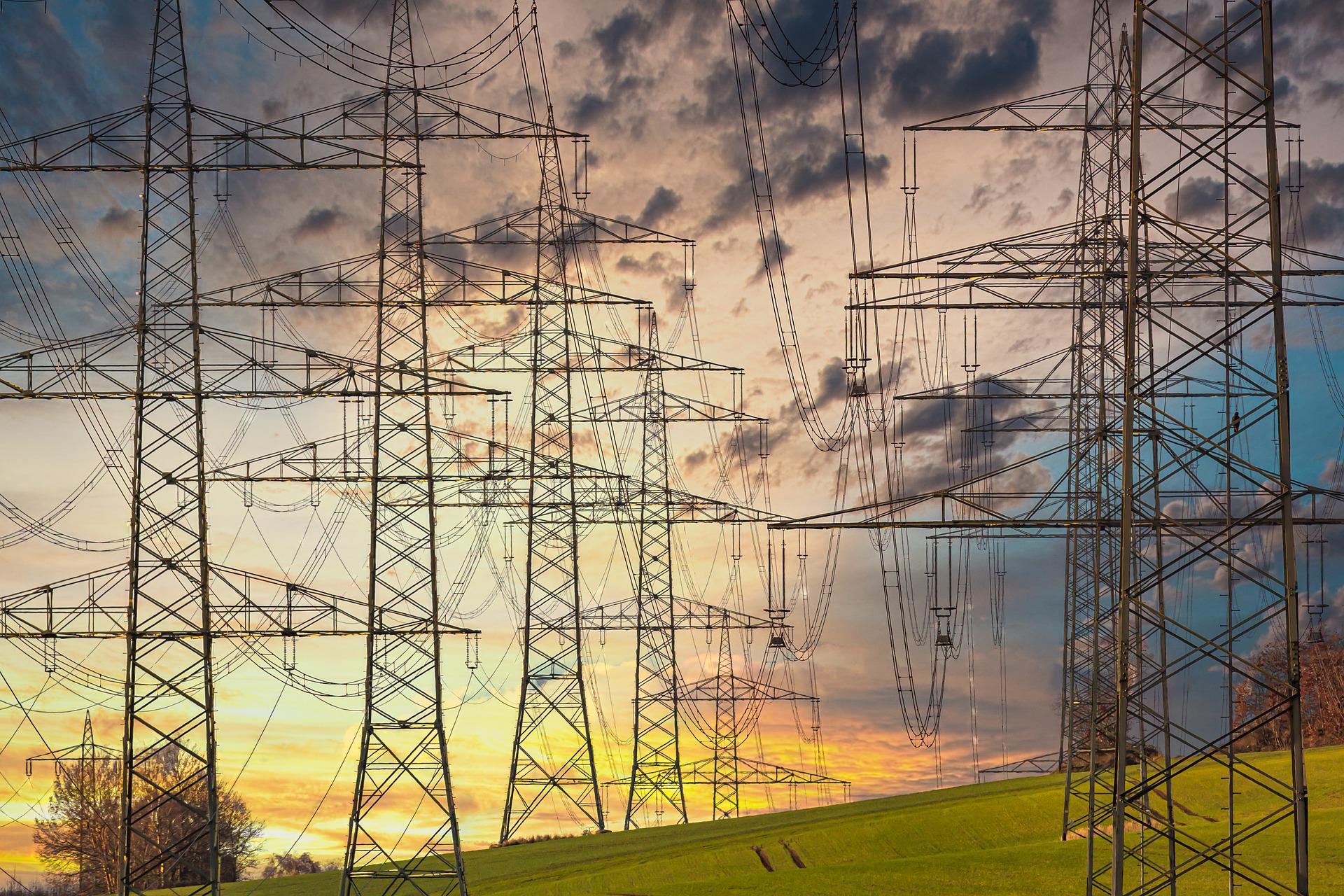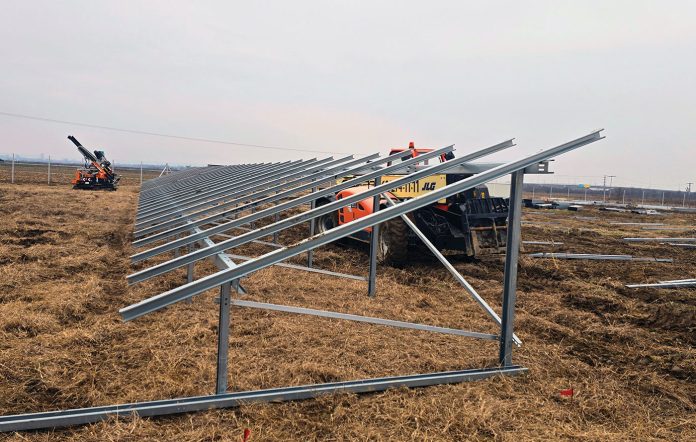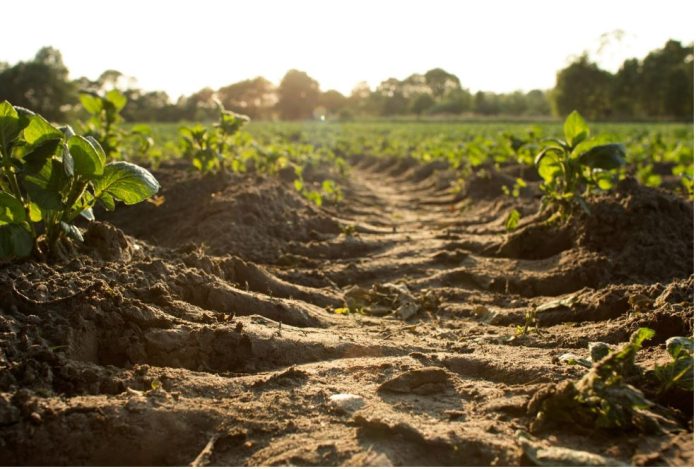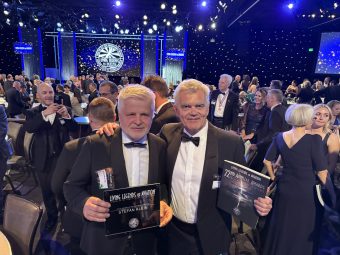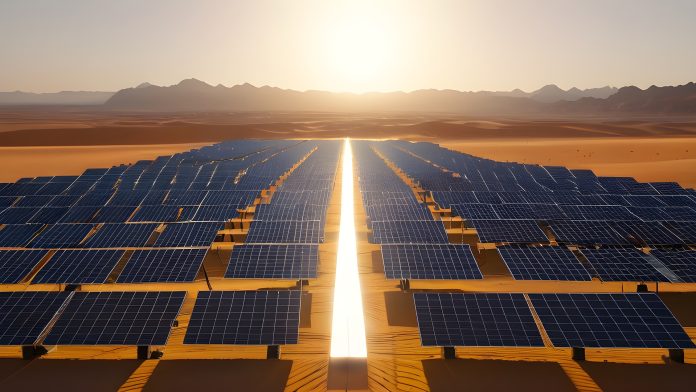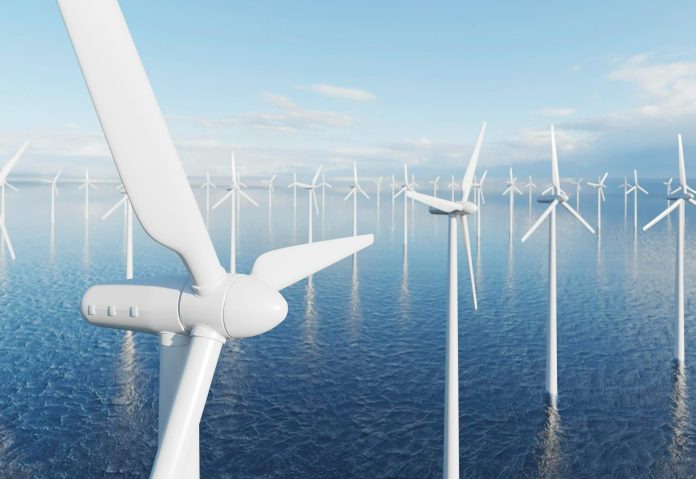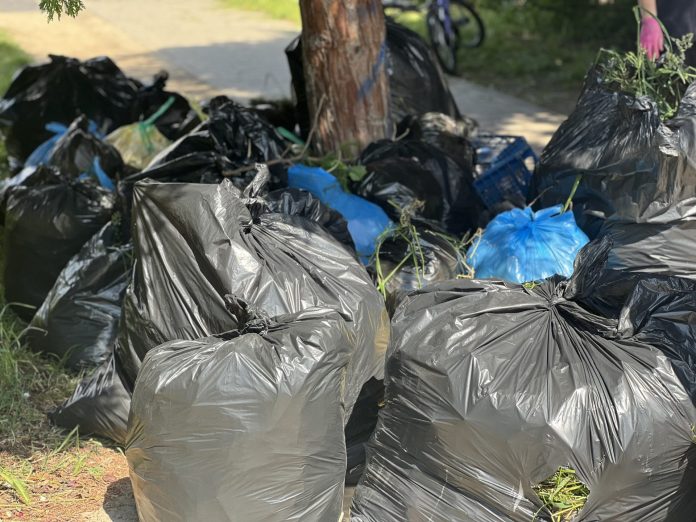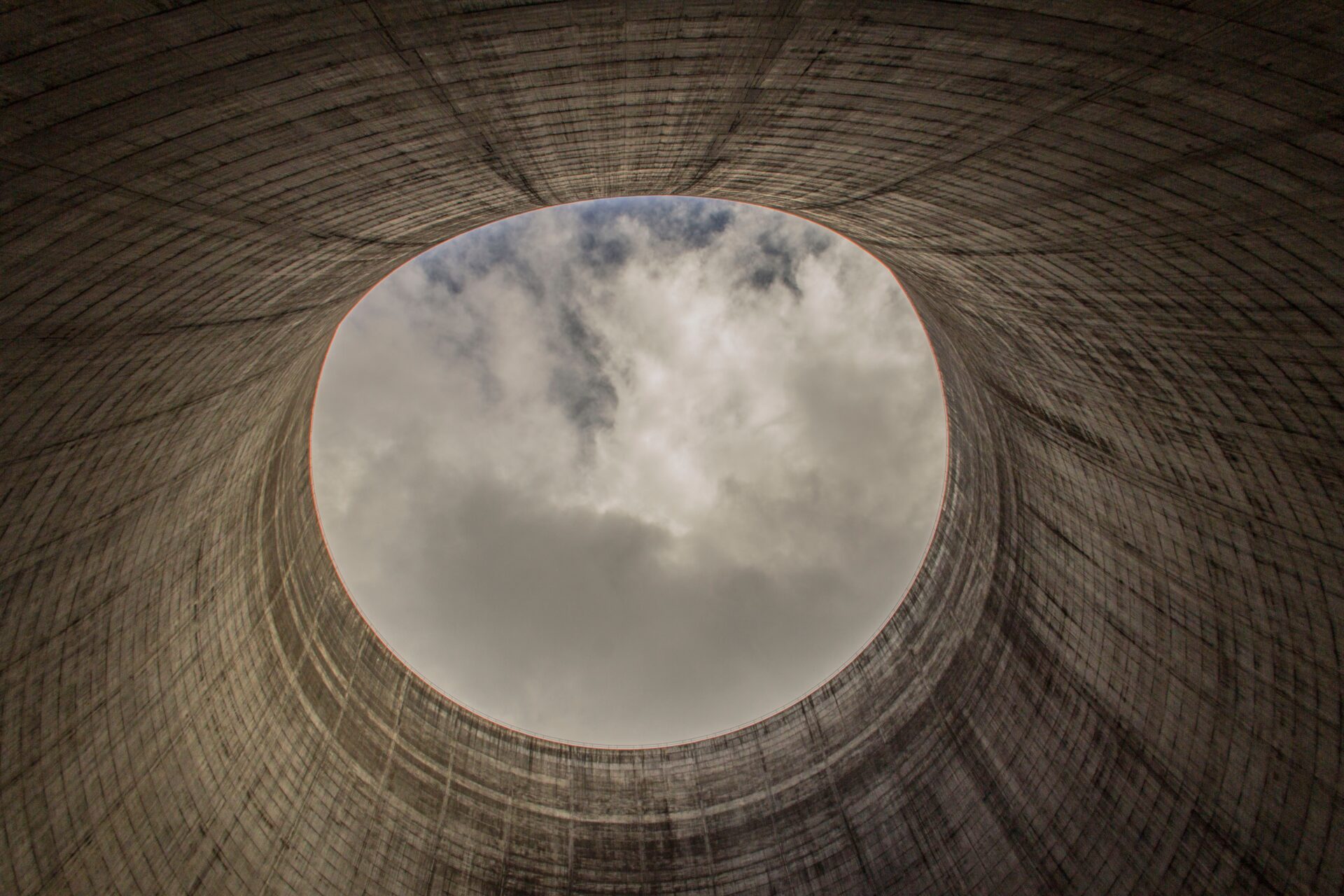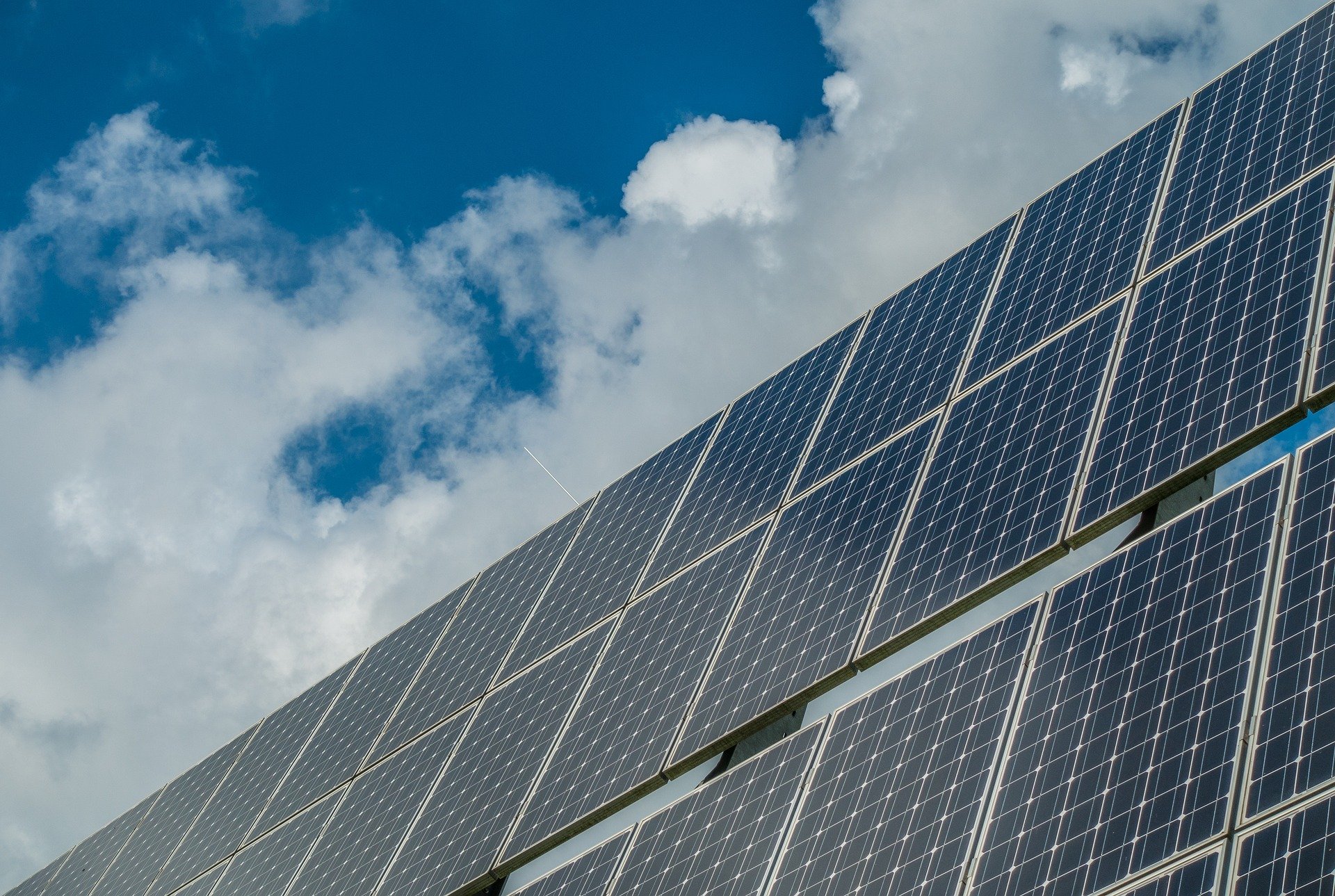The beginnings of electric vehicle development in Serbia date back to the mid-1970s. Sharp increases in oil prices and the first oil crisis of 1973, known as the first oil shock, spurred the consolidation of knowledge and pioneering research in the field of electric car development. In 1976, under the leadership of academician Aleksandar Despić, the first electric delivery vehicle in Serbia, the TAM 2001 (an electric “baker’s” E-mobile), was developed at the Bureau for Autonomous Electric Vehicles within the Institute of Technical Sciences of the Serbian Academy of Sciences and Arts (SANU).

Three years later, in 1979, the Institute for Chemical Power Sources (IHIS) built a delivery vehicle based on the Zastava 435F. This vehicle became the first registered electric vehicle in the country and operated on public roads for several years. That same year, the first eco-friendly electric passenger car in former Yugoslavia was produced in Belgrade. Its designer was Professor Stojiljković, my mentor during my doctoral studies at the Faculty of Electrical Engineering in Belgrade. He modified a standard Trabant vehicle and designed a regulated electric motor drive using a direct current motor, along with a supporting DC/DC converter (a so-called chopper). The drive had an output power of around four kilowatts (kW), powered by a 140V/50Ah battery pack in the front of the vehicle. The Elektrotrabant reached a speed of around 50 km/h, with a range between 70 and 80 km, and was registered and used on the route from Block 45 (New Belgrade) to Zemun Polje. This reconstruction was carried out at the Centre for Chemical Power Sources of the Institute for Chemistry, Technology and Metallurgy (IHTM).
Interest in electric vehicles grew again during the sanctions and oil shortages from 1992. At that time, several specialized electric vehicles were developed, such as mopeds, bicycles, vehicles for disabled persons, and transport vehicles for multiple passengers in tourist centers. These vehicles had a maximum speed of 15 km/h and a range of up to 50 km.
The company Melbat developed the first commercial electric vehicle for everyday use at the end of 1994 and the beginning of 1995 – a reconstructed Lada Niva-E, used for municipal services in Belgrade.
In 1996, two autonomous electric Yugo-E vehicles were reconstructed to meet the needs of Elektrodistribucija Beograd.
The Fast Black Lada electric vehicle was launched at the beginning of 1998. It weighed about two tons and had a top speed of 60 km/h. It was later used in Belgrade cemeteries, but its speed and range were reduced.
At the end of the 20th century, the development of electric vehicles with alternating (asynchronous) motors began. Under the leadership of engineer Bojan Kragić, the Raskovnik Company developed several light electric vehicles with asynchronous motors up to four kilowatts. These vehicles represented a serious step toward potential serial production, based entirely on domestic expertise and multidisciplinary development.
IN FOCUS:
- EBRD – Driving Serbia’s Green Transition and Sustainable Development
- Meet Cork – The Material of the 21st Century
- Art Blooms – The Most Beautiful Front of the Environmental Fight
Independent of Raskovnik, in cooperation with the factories Crvena Zastava from Kragujevac, the Faculty of Electrical Engineering in Belgrade, Sever from Subotica, and Krušik from Valjevo, a Yugo-Elektra vehicle was reconstructed under the leadership of Professor Slobodan Vukosavić. It featured a 7.5 kW asynchronous electric motor. Despite NATO bombing, development was not halted. The vehicle was officially unveiled in 2002.
By the beginning of the 21st century, the development of electric vehicles in Serbia had progressed gradually, with many attempts and innovations. However, the only program that achieved a broader commercial application was the series known as the Black Ladas.
Since 2004, the development of electric vehicles has nearly come to a halt. I remember that Professor Stojiljković, Professor Vukosavić, and I, then a doctoral student at the Mihajlo Pupin Institute and the Department of Power Converters and Drives at the Faculty of Electrical Engineering, developed Project 006214: Development of Software and Electronic Control Units for Traction Drives and Battery Converters in Eco Vehicles. The project was conceived as a continuation of the development of the electric Yugo, in collaboration with Zastava Automobili d.o.o. Unfortunately, even though Zastava was on its last legs at the time, the project did not receive support in the call for proposals issued by the then Ministry of Science and Environmental Protection. Nevertheless, the ideas endured and could still find a path to implementation and application today.
Electric Bicycles – Success Stories
Electric bicycles, it could be said, have almost no downsides. They do not harm the environment, maintenance is inexpensive, and they help avoid city traffic, long waits, and congestion.
One of the most notable models is the Archont, an electric bicycle by the local company Ono Bikes (run by brothers Marko and Saša Šćepanović). In 2016, the BBC named it the most beautiful electric bicycle in the world. The company’s website, onobikes. com, features six different Archont models with electric motors tailored to various user needs. Particularly noteworthy is the Archont E60 model, equipped with a six-kilowatt motor, offering excellent acceleration and a top speed of 75 km/h. It uses a lithium-ion battery with a capacity of 1.44 kWh, providing a range of more than 120 km per charge.
The E-Prime team, led by Milan Manojlović, showcased electric bicycles and rickshaws at the 2019 International Energy Fair in Belgrade, which visitors were able to test. Their best-selling models are the Effecto and Effecta. The Cargo model is designed for light parcel delivery, and the Experience model stands out for its unique design.
Students from the Faculty of Electrical Engineering in Belgrade developed a prototype electric bicycle, which they presented at the final energy electronics competition in Madison (USA) in July 2019. Their system – composed of a battery, power converter, electric motor, and mobile app – won the Grand Prize. It demonstrated an efficiency of 97.8 percent, an output power of 750 W at 400 V, and featured an innovative clutch. The team included students from various departments of the Faculty, mentored by Prof. Slobodan N. Vukosavić, PhD, and assistant Aleksandar Milić.
Željko Despotović, PhD, electrical engineer
The story was published in the Energy portal Magazine SUSTAINABLE MOBILITY



